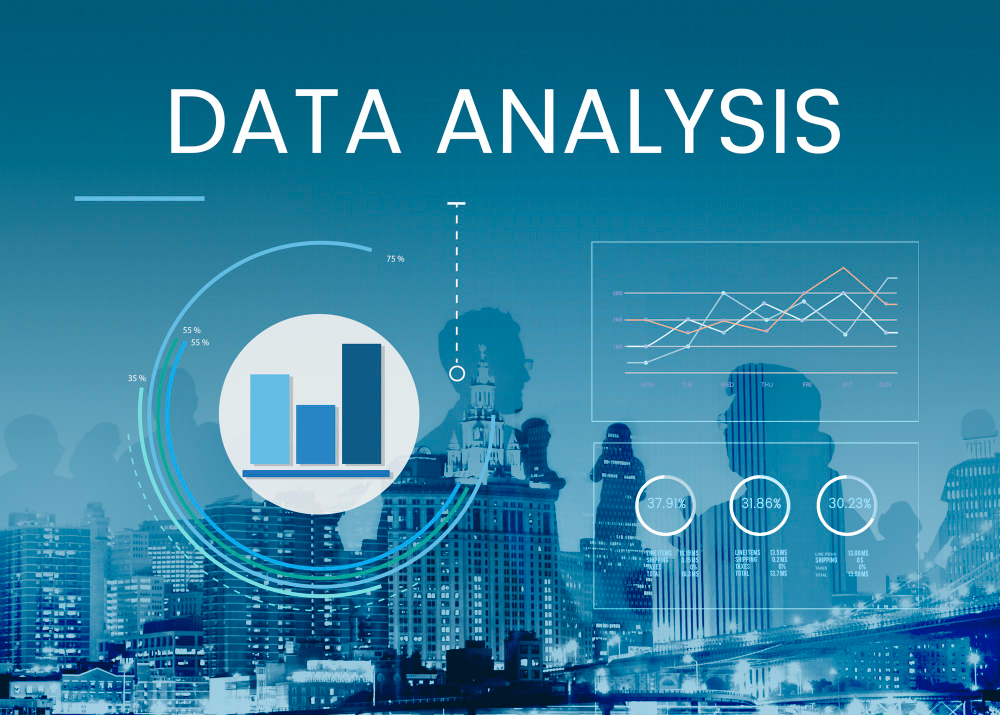Introduction
Data is abundant—insight is scarce. AI-driven analytics bridges that gap by uncovering patterns, predicting outcomes, and recommending actions that accelerate revenue, reduce costs, and improve customer experiences. The result: faster, smarter decisions at scale.
What Is AI-Driven Analytics?
AI-driven analytics combines machine learning, statistical modeling, and automation to analyze structured and unstructured data. It goes beyond dashboards to deliver predictions (what will happen), prescriptions (what to do), and continuous learning (getting better over time).
Business Outcomes You Can Expect
Revenue Growth: Better segmentation, smarter pricing, and timely cross/upsell recommendations.
Cost Optimization: Demand forecasting, inventory right-sizing, and process automation.
Customer Experience: Personalized journeys, churn prediction, and proactive support.
Risk Reduction: Anomaly detection, fraud prevention, and early warning signals.
Core Building Blocks
Data Foundation: Clean, unified data pipelines and a single source of truth (data warehouse/lakehouse).
Feature Store: Reusable, governed features for consistent modeling across teams.
ML Models: Classification, regression, time-series forecasting, NLP, and recommender systems.
MLOps: Versioning, CI/CD for models, monitoring drift, and automated retraining.
High-Impact Use Cases
Sales & Marketing: Lead scoring, LTV prediction, media mix modeling, and creative/offer optimization.
E-commerce: Dynamic pricing, next-best-offer, search/ranking optimization, and return risk scoring.
Operations: Demand/supply forecasts, workforce scheduling, and predictive maintenance.
Finance & Risk: Cash-flow forecasting, credit risk models, and anomaly alerts.
Support: Intent detection, automated replies, and ticket deflection with knowledge recommendations.
Implementation Roadmap
1) Identify Value: Prioritize 2–3 use cases with clear KPIs (revenue lift, CAC reduction, churn drop).
2) Ready the Data: Consolidate sources, define golden records, and enforce governance & quality checks.
3) Build MVP Models: Start simple (baseline models), compare against control groups, and quantify impact.
4) Operationalize: Integrate predictions into workflows (CRM, marketing automation, ERP) with real-time APIs.
5) Monitor & Improve: Track model drift, feedback loops, and retrain on fresh data; iterate quarterly.
KPIs That Prove Impact
Growth: Conversion rate, AOV, LTV, incremental revenue vs. control.
Efficiency: Cost per acquisition, media ROI, forecast accuracy (MAPE).
Retention: Churn rate, NPS, repeat purchase rate, time-to-resolution.
Risk: Fraud loss rate, false positive/negative rates, SLA adherence.
Governance, Ethics & Trust
Adopt transparent models where feasible, document data lineage, and audit for bias. Implement role-based access, PII protection, and clear opt-ins. Human-in-the-loop review is essential for high-stakes decisions.
Common Pitfalls to Avoid
Model Without Motion: Great models that never reach production deliver zero value.
Data Silos: Fragmented sources undermine accuracy and adoption.
Metric Myopia: Optimize for clicks instead of profit or LTV.
Set-and-Forget: Ignoring drift and changing behavior erodes performance.
How IdeaDesk Helps
We translate business goals into AI roadmaps, build reliable data foundations, deploy production-ready models, and embed insights directly into your tools. From MVP to scaled programs, we focus on measurable outcomes and rapid iteration.
Conclusion
AI-driven analytics is not a report—it’s a growth engine. With the right data, models, and MLOps discipline, your organization can move from hindsight to foresight and turn every decision into a competitive advantage.



